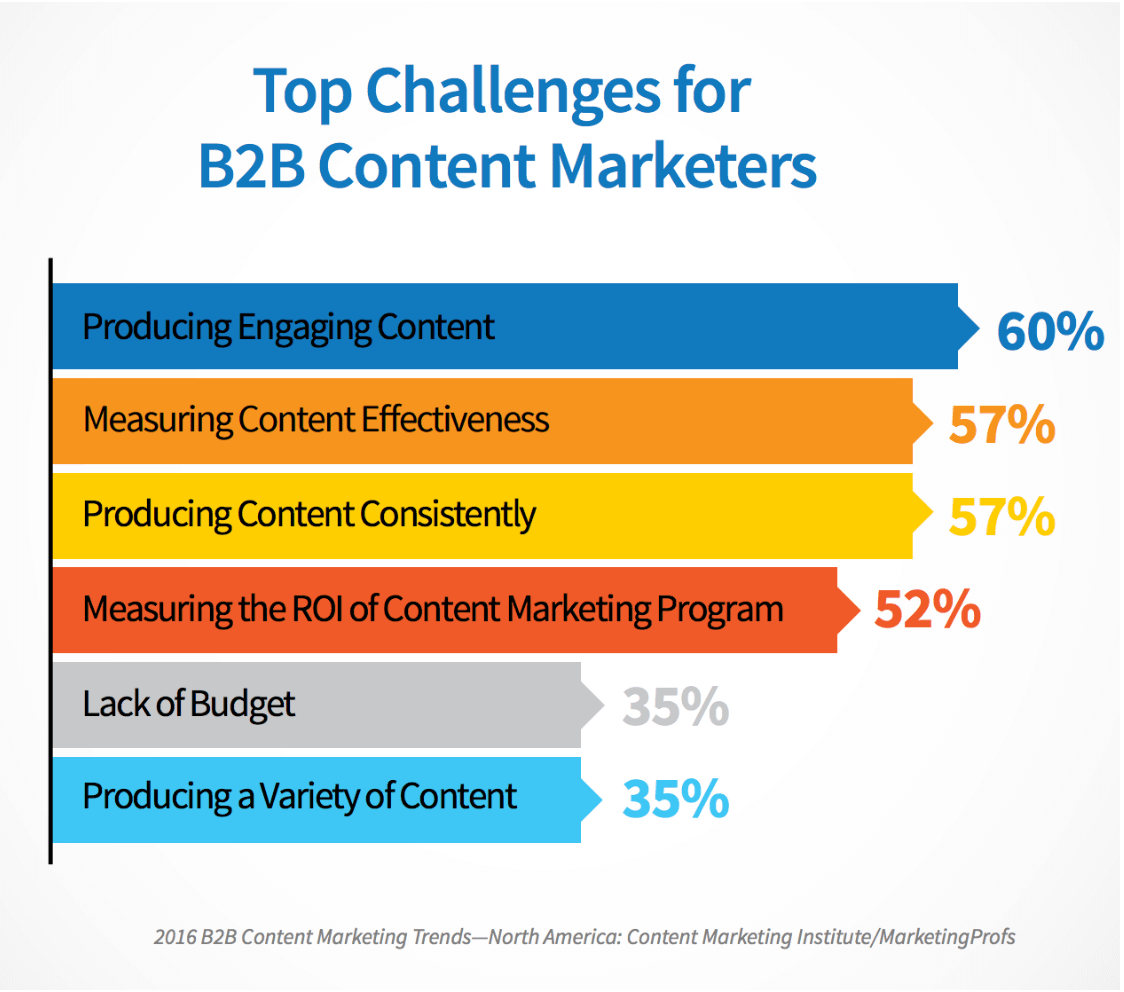Business
Here’s how small businesses can increase their user engagement on social media
Posting to social media is great but even better is creating conversation.

For years companies all over the world have been leveraging the power of social media to grow their business. But many fall short when it comes to the true intentions of content marketing.
When you post something that is intended to appeal to your ideal users, don’t walk away. Those notifications letting you know how the post is performing are the important part.
Engagement refers to any time you and users following your business’s profiles interact. That interaction can not only lead to high-quality leads but also attract more followers who are genuinely interested in what you provide.
How can you optimize your content for user engagement?
Optimizing your content marketing to improve user engagement isn’t easy. Many people limit their activities to a blog post and then hope for the best.
Many small business content marketing strategies consist of Googling a topic and rewriting one or more other pieces in a new voice. Video content is guilty of this with many videos borrowing or outright copying a previously successful video.
In either case, a user has already seen that content so why would they act on yours when it’s the same thing?
Here are some more effective ways to create content specific for user engagement:
Step 1 – Create something new
Your first step for your content is to accept that you will have to take some risks.
That risk pertains to the way you present your content, what you have to say, and how your brand brings something new to the subject.
This graph shows how this task is seen as the most difficult for businesses when trying to improve their online presence. While it’s focused on B2B, anyone working in B2C should pay attention.

© Susan Friesen
This initial step is crucial because it forces you to do more than dismiss your marketing as a task to set aside.
A lot of businesses leave their content marketing strategy entirely in the hands of an agency, which will not be effective. An agency or consultant is an expert on how to distribute the content but not an expert on your business, so you will have to work with them.
This means holding meetings where they can get input from you on what you do and why any user would want to buy from you or be your client.
A solid content marketing strategy for small businesses involves a consistently collaborative process.
Working together is your best route to creating great content.
Great content means the combination of your skill set with that of the person or people you’re working with to make sure it gets seen by the most eyes and is structured to benefit your overall online presence.
Step 2 – Engage, adapt and refine
The second step is to watch the reaction.
Look for peaks in Likes, Shares, or new Follows and notice the subject matter users have expressed more interest in. This can show you a lot about what value your users see you providing.
If you post regular blog posts or videos and see 5–10 likes and no comments, and then you post something that receives double that or gets users commenting, you know to explore that subject in future content pieces.
If/when you do see comments, then you should absolutely respond.
The worst thing a brand can do is leave engagement hanging empty. Not only will the user who took the time to comment be put off, you’ll be showing every other person who sees that comment without a response that your company isn’t really paying attention.
Moreover, many users see social media as a great way to get a company’s attention when they have a problem. So when they see that they can’t even reach you on Twitter or Facebook, they will naturally question your support in general and likely look for another vendor who does engage their users.
Look at the phenomenal traction Facebook groups have for people who are interested in a particular subject.
Your niche may not be large, but if you capture an audience within it, your engagement will benefit your business by showing users your expertise, your willingness to interact with them (and potential clients), and your commitment to those that buy from you or become clients.
To make it easier, it’s best to have an internal set of canned responses ready for whoever monitors the accounts to reference. Chatbots are a new product that automates this process through Facebook messenger, and they exist for a reason. Many business owners aren’t able to juggle their responsibilities and learn and monitor their accounts.
For social media, your best bet is to hire a professional and work with them. You can draft a set of responses to frequently asked questions, and when in doubt, they will email you so you can respond on your own time. This again speaks to the cooperative nature of having a professional help you with your social media.
—
DISCLAIMER: This article expresses my own ideas and opinions. Any information I have shared are from sources that I believe to be reliable and accurate. I did not receive any financial compensation for writing this post, nor do I own any shares in any company I’ve mentioned. I encourage any reader to do their own diligent research first before making any investment decisions.

-

 Biotech2 weeks ago
Biotech2 weeks agoGalicia Becomes First in Spain to Approve Gene Therapy for Hemophilia B
-

 Business3 days ago
Business3 days agoThe TopRanked.io Weekly Digest: What’s Hot in Affiliate Marketing [NordVPN Affiliate Program Review]
-

 Fintech1 week ago
Fintech1 week agoBitget Secures Operational License in Georgia, Strengthening Its Eastern Expansion
-

 Biotech5 days ago
Biotech5 days agoPfizer Spain Highlights Innovation and Impact in 2024 Report Amid Key Anniversaries



















You must be logged in to post a comment Login